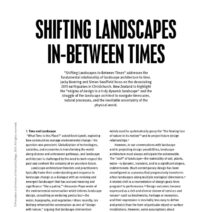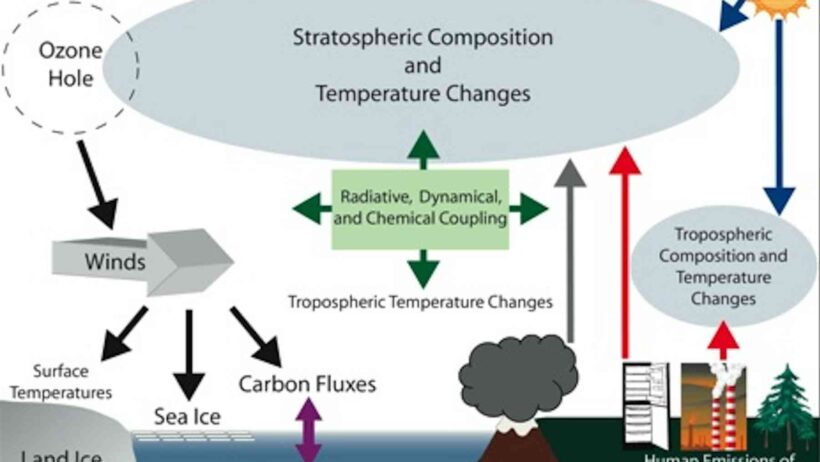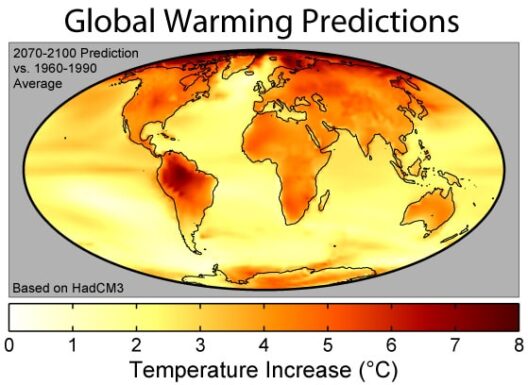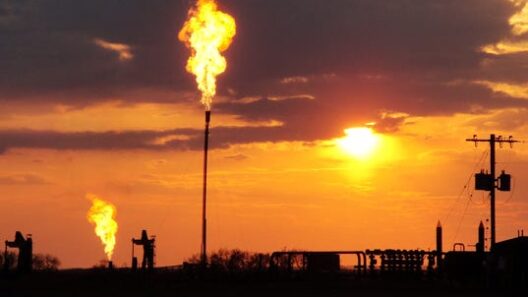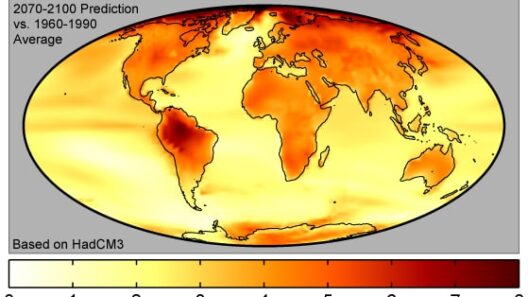Climate change and the depletion of the ozone layer are two of the most pressing environmental issues before humanity today. However, these phenomena are often misunderstood and incorrectly linked. So, does global warming cause the ozone hole? Could it be that one exacerbates the other? Or are we merely tangled in a web of misplaced causality? Let’s unravel these complexities and discern fact from fiction.
At the core of the discussion lies the distinction between global warming and the ozone hole. Global warming refers to the long-term increase in Earth’s average surface temperature due to rising levels of greenhouse gases (GHGs) in the atmosphere. These gases, such as carbon dioxide and methane, trap heat from the sun, leading to the notorious phenomenon known as climate change.
On the other hand, the ozone hole primarily manifests over Antarctica during the Southern Hemisphere’s spring months, usually peaking in September or October. The root cause of ozone depletion stems from anthropogenic chemicals, particularly chlorofluorocarbons (CFCs) and halons, which were widely used in refrigeration, aerosol sprays, and foam-blowing agents. When these substances are released into the atmosphere, they ascend, eventually reaching the stratosphere, where they break down ozone molecules. This depletion results in increased ultraviolet (UV) radiation reaching the Earth’s surface, leading to harmful effects on human health and the environment.
To further complicate matters, the science behind these two environmental issues intersects. Although they both result from human activities, the link between them is not as straightforward as some may presume. The ozone layer serves as a protective shield, absorbing most of the sun’s harmful UV radiation. The increase in greenhouse gases contributes to global warming but does not significantly affect the chemical processes responsible for ozone depletion.
Interestingly, some studies indicate that warming temperatures could, in fact, lead to an improvement in the ozone layer’s recovery over time. As the climate warms, certain stratospheric dynamics may change in a manner that reduces the severity of ozone depletion. For instance, the increased greenhouse gases can alter atmospheric circulation patterns, leading to a weakening of polar stratospheric clouds—conditions conducive for ozone recovery. However, the precise mechanisms remain a subject of ongoing research.
Nevertheless, can we disregard the intricate dance between climate change and the ozone hole? Global warming has various indirect atmospheric effects. For instance, increasing temperatures may enhance the occurrence of extreme weather events. These changes sometimes lead to anomalous phenomena, like altering the pathways of stratospheric winds that may either hinder or aid ozone recovery. Hence, while global warming does not directly cause the ozone hole, it might affect how quickly the ozone layer can heal.
From a regulatory standpoint, efforts to combat ozone depletion began with the Montreal Protocol, an international treaty established in 1987 to phase out the use of CFCs and other ozone-depleting substances. This monumental agreement has yielded results; the ozone layer is gradually healing, with projections indicating a full recovery by the middle of the 21st century, provided that nations adhere to the treaty’s guidelines.
However, global warming remains a stronger challenge, necessitating urgent action and collaboration across the globe. The rise in global temperatures triggers myriad climatic anomalies, such as severe droughts, rampant wildfires, and unprecedented flooding. These impacts could combine with the effects of increased UV radiation from a depleted ozone layer, exacerbating health conditions, agricultural yield, and biodiversity loss.
A potential conundrum arises when considering policy actions that aim to alleviate both climate change and ozone depletion. Some substances that may cool the planet, such as geoengineering solutions, could inadvertently pose risks to the ozone layer. For example, injecting sulfate aerosols into the stratosphere to reflect sunlight might have a detrimental impact on ozone, showcasing the need for nuanced policy designs that consider unforeseen consequences.
Furthermore, communication plays a critical role in public understanding. The conflation of climate change with ozone depletion can lead to apathy or misinformation about both issues. Thus, educational endeavors are essential. Effective communication that clearly delineates the differences, causes, and relationships between global warming and the ozone hole can empower individuals and communities to advocate for informed policies and collective action.
In conclusion, while global warming does not cause the ozone hole, their interconnectedness cannot be ignored. Both issues are intrinsically linked to human activities and environmental policies. The road to a sustainable future must recognize these relationships and foster a comprehensive approach to mitigation strategies. The ozone layer’s gradual recovery offers glimmers of hope, reminding us that concerted global efforts can yield significant environmental benefits. As the clock ticks on climate change, it becomes imperative for us to advocate for the continued protection of our atmosphere. Only through concerted action and enlightened policies can we ensure a thriving planet for future generations, free from both the ravages of climate change and the consequences of ozone depletion.
